Pump it up:
Despite the popular belief, it is worth remembering that it is not just simple liquids which can be pumped. With the right equipment, a range of products including powders, pastes and mixtures of liquids and solids can also be pumped through suitable pipework and equipment. There are a number of advantages to this approach, in particular the ability to avoid contamination of products during processing, as well as being able to maintain processing temperatures and viscosity. However, problems can arise if a pump has not been specifically designed for the applications or conditions for which it is being used. Assessing difficult products
One of the issues with pumping is the potential to damage product. The viscosity of different fluids can be affected, resulting in issues such as runny or separated sauces, or unwanted churning of dairy products. For materials containing solids – for example, fruit mixtures – the wrong type of pump can easily damage the solid fraction, reducing quality or, at worst, removing the very aspect of the product that you are trying to preserve.
Although the physical and behavioural properties of many foods are well documented, in more complex cases it is necessary to fully understand the foodstuff to be handled in order to specify the right pump for both the product and the process. It may be possible to do this with simple measurements taken in situ, or laboratory analysis may be required. For example, the temperature of the product is important, as it can cause variations in the physical properties. Viscosity – a measurement of resistance to flow – is another important consideration, and information on particle size is also crucial. This could include anything from ground spices to whole fruits or pieces of meat, and everything in between. The chemical composition – for example, whether the material is acidic – will also need to be known so that the most cost effective materials can be used to produce the pump.
In addition, the shear sensitivity of the fluid reflects how likely it is to be damaged by the impeller of the pump, so it’s important to understand this aspect also. The physical characteristics of some products will change after exposure to high shear stresses, and while this may be beneficial in some circumstances (such as turning cream into butter), in others it will prove the opposite (for example, when wanting to produce cream). Vapour pressure will also need to be considered to prevent issues such as flashing or cavitation.
Types of pump:
As well as being designed to correctly handle your product, any pump will also need to fulfil the normal requirements of food handling equipment, such as Clean-in-Place (CIP) and Sterilise-in-Place (SIP). Fortunately, there are many different types of sanitary pump which are suitable for use in the food industry, including rotary lobe, rotary piston, reciprocating positive displacement, progressing cavity, peristaltic hose and air-operated double diaphragm designs. However, each has its own pros and cons so it’s worth understanding the various problems that can arise, such as: the low flow rates associated with lobular pumps; the tendency for cavity pumps to break the produce; and the low pressure drop common with double diaphragm pumps. It’s also beneficial to understand how different pumps respond to different foodstuffs. Centrifugal pumps are typically used for materials such as batters, oils and beverages, while common uses for positive displacement pumps include icing, dough, fruit fillings & purees, baby food, tomato paste & sauces, cream, cheese, dressings, mayonnaise and meat emulsions.
A new approach:
Many years of providing solutions to difficult heat transfer challenges in the food industry have shown us that pumping products without destroying their integrity is as important as developing heat exchange solutions which maintain product quality. We therefore went back to the drawing board to develop a new pump which could handle very delicate and viscous food stuffs without damage while working at high pressure in heavy duty applications in the food and pharmaceutical industries. The result was a purpose-designed, reciprocating, positive displacement pump: the HRS BP Series Piston Pump.
Positive displacement pumps have an expanding cavity on the suction side and a decreasing cavity on the discharge side. Liquid flows into the pump as the cavity on the suction side expands and is forced out of the discharge side as the cavity collapses. The BP Series features a hygienic design, which incorporates a separator fitted between the piston and the hydraulic chamber, to ensure that there is no contact between the product chamber and the hydraulic oil. Once the pump is in operation, no part which comes into contact with oil can come into contact with the product.
With an adjustable flow ranging from 300-20,000 litres/hour and featuring a high pressure drop of up to 30 bar, the HRS BP Series Piston Pump is suitable for a wide range of high viscosity, shear sensitive and large particle-containing fluids. Clap valves allow pumping of whole fruits or vegetables, and an alternative piston pump with a pneumatic cylinder can be supplied for low pressure applications of less than 5 bar.


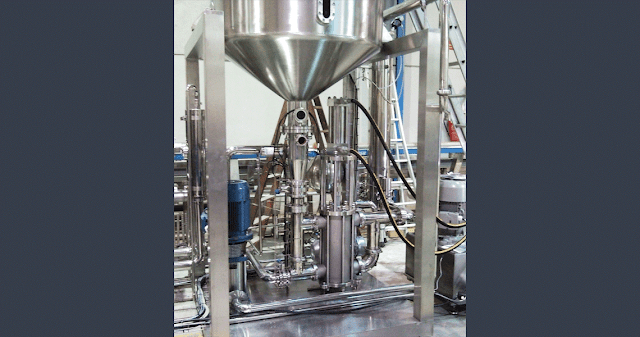







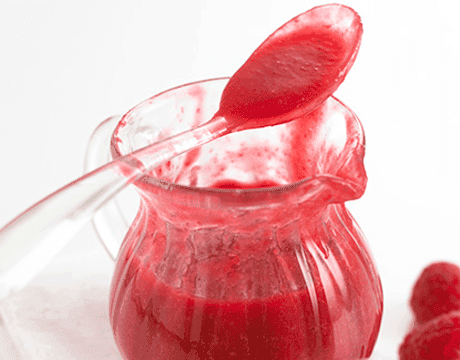









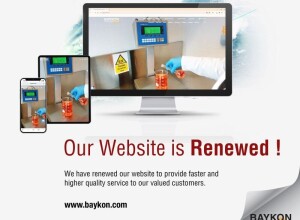

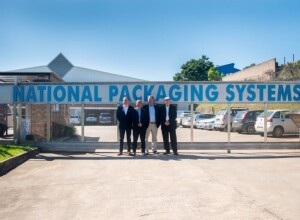
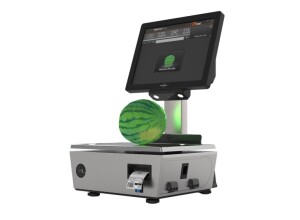








Interested? Submit your enquiry using the form below:
Only available for registered users. Sign In to your account or register here.